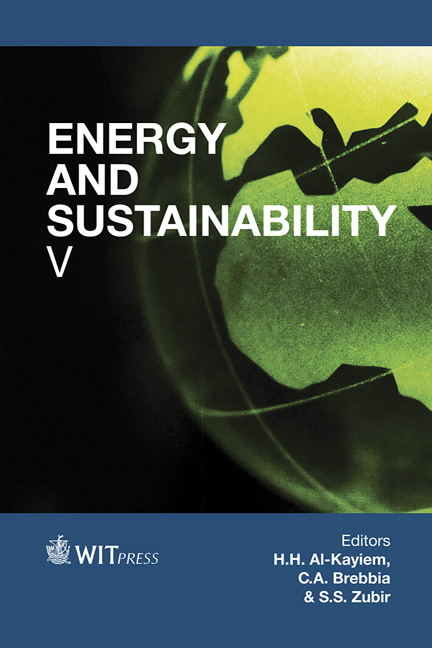Effect Of Crude Oil Products On The Geotechnical Properties Of Soil
Price
Free (open access)
Transaction
Volume
186
Pages
10
Page Range
353 - 362
Published
2015
Size
382 kb
Paper DOI
10.2495/ESUS140301
Copyright
WIT Press
Author(s)
Z. N. Rasheed, F. R. Ahmed, H. M. Jassim
Abstract
Recently, the effects of crude oil on soil contamination have received a lot of attention from many researchers. Most of these researchers have studied the effect of crude oil itself without taking into consideration its products. Added to that, most of these outcomes have shown contradictions in their results due the addition of crude oil to the soil. Some results showed an increase in the maximum dry density while other results indicated a decrease. A similar trend was noticed in the shear strength of the soil as well.
This study seeks further investigation for evaluating the soil properties contaminated by crude oil products such as kerosene and gasoil. The aim is to develop a better understanding of the behavior of the soil exposed to oil product contamination resulting in changing its physical properties. The outcomes of this study might be guidance for designers and researchers to improve their understanding of the soil behavior in the contamination of crude oil products.
In this study, soils consisting of about 85% coarse grains and 15% fine grains, synthetically contaminated by up to 7.5% of crude oil products (based on dry soil weight) were tested. The results indicated that as the percent of contamination increased, the specific gravity, the plasticity index, the maximum dry density, the optimum moisture content, the California bearing ratio and cohesion decreased, while liquid and plastic limits, and the angle of internal friction increased. Furthermore; the results show that the effect of gasoil contamination is more than that of kerosene.
Keywords
California bearing ratio (CBR), cohesion, compaction, crude oil products, soil shear strength, index properties





